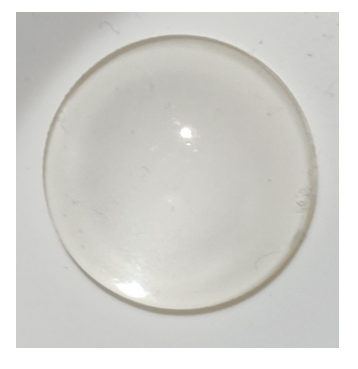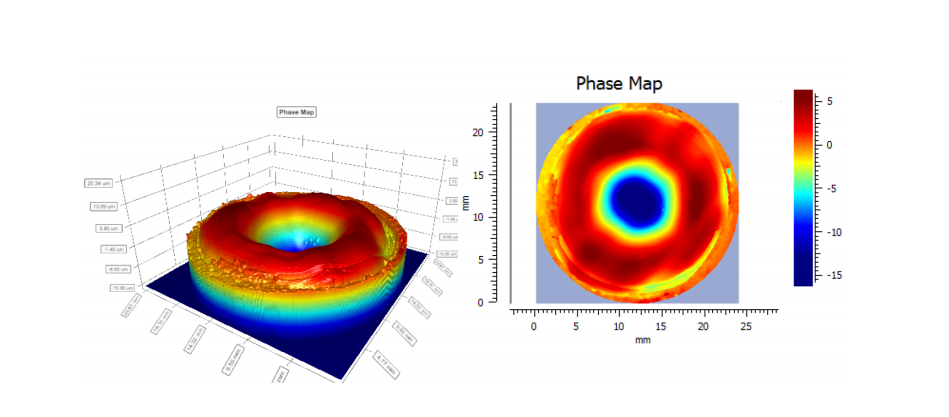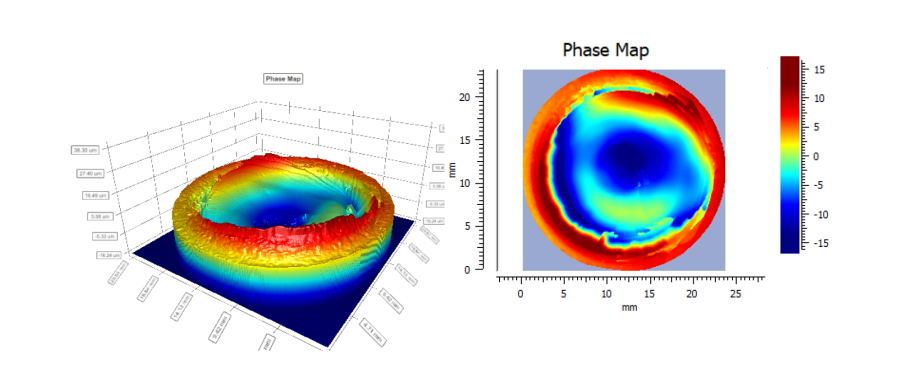Juuso Uusimaki has submitted a thesis to the Master’s Degree Programme in Photonics at the University of Eastern Finland. In ‘3D Printing of plastic optical components & comparison to traditional manufacturing methods’, the author explores the potential for optical components in industrial applications, as well as the benefits of 3D printing such parts.
Because optics are usually made from a variety of different types of glass, there are challenges in dealing with cost and the limited amount of structures that can be created aside from spheres—leading some manufacturers to use carbon-based plastic polymers as an alternative—even more possible today after extensive research has resulted in more efficient manufacturing that wins out over traditional methods.

Reflection (R), transmission (T) and refraction of incident (I) light at an interface. Depending on the refractive indices of the materials, light is refracted at different angles.
“Lenses are used to focus light in a certain manner, either to converge or diverge the incident wavefront, essentially altering its propagation direction or wavefront curvature,” states Uusimaki. “Lenses often have at least two refractive surfaces, of which usually one or both are curved in a spherical or aspherical (near-spherical) manner, though the surfaces can even be freeform, meaning any geometrical shape that refracts light in a desired way.”
Lenses can also be used to increase or decrease image size by way of magnification—or the opposite—and optical systems are created by setting up numerous lenses, often seen in devices like cameras, microscopes, and telescopes.

Dispersion of white light through a plano-convex lens. Blue and red wavelengths do not focus exactly on the focal point (f), whereas green does.
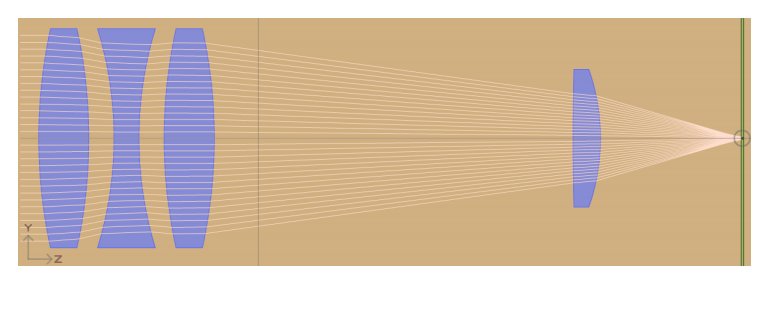
A ray-tracing simulation showcasing how common lenses refract light. Independently created using Synthrays.
Noting that conventional processes like FDM 3D printing are ‘not really suitable’ for the fabrication of optical components, Uusimaki explains that there are solutions via SLA printing.
“Conventional SLA methods, in general, are relatively cheap and easy for quick prototyping, but the printed objects tend to require post-processing techniques, such as polishing and coating, before they are ready for optical usage,” states Uusimaki. “This is because while printing a curved surface layer by layer, visible edges can appear in the object, and impurities in the material as well as machine inaccuracies may create imperfections in the product.”

Illustrations of free- and constrained surface approaches in laser-, DLP- and LCD-SLA. The model is built layer by layer, though upside down on the two latter methods.
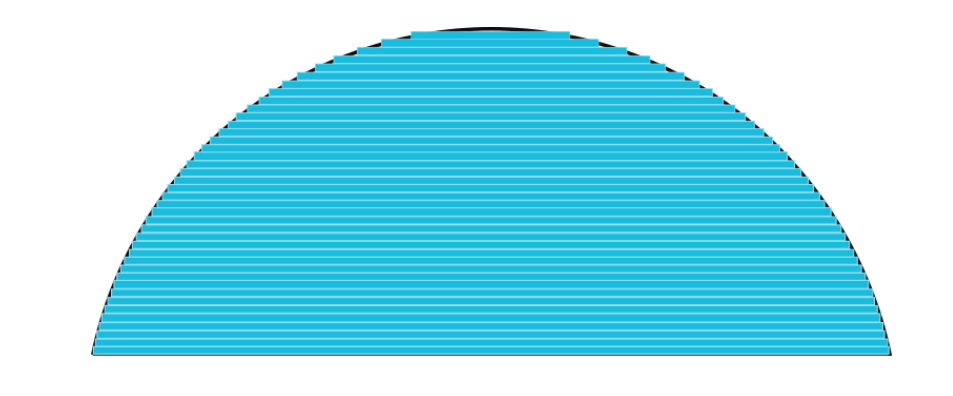
The designed lens surface profile (black) and the printed, real profile (blue). Steps are easily visible in especially the top part of the lens, as well as the interfaces between layers inside.
Uusimaki contends that techniques like continuous liquid interface production (CLIP) could possibly be the answer for attaining ‘high-optical clarity and nanometer-scale surface resolution,’ along with methods like multiphoton stereolithography (MPS). Here, the author focused on AM of Senop Oy’s aspheric lenses 3D printed with Printoptical® technology.
Numerous samples of two different lenses were fabricated using a variety of process parameters, ultimately resulting in four lenses ‘deemed acceptable.’
“The measurements taken with a tilted-wave interferometer have shown that the technology can already produce micrometer-scale surface accuracies across the whole area of the component without any post-processing or iterative cycles, suggesting that printing centimeter-scale lenses might become a notable option for the early-stage prototyping needs of optical manufacturers in the near future,” concluded the researcher.
“Moreover, having introduced the basic theories governing modern optics, such as the propagation of light and the dispersive qualities of common optical components, a general investigation of transparent polymer materials has shown both their forthand shortcomings when compared to optical glass materials: even though plastic components can generally not rival their glass counterparts when considering stability or optical qualities, they have a competitive edge in certain situations due to their low weights and costs, efficient mass-production capabilities as well as broader optomechanical possibilities.”
3D printing plays a role in many different types of optics today, as researchers examine new materials like flexible thermoplastic polymers, metamaterials with embedded features, and offer other improvements on both the micro- and nanoscale.
What do you think of this news? Let us know your thoughts! Join the discussion of this and other 3D printing topics at 3DPrintBoard.com.
[Source / Images: ‘3D Printing of plastic optical components & comparison to traditional manufacturing methods’]Subscribe to Our Email Newsletter
Stay up-to-date on all the latest news from the 3D printing industry and receive information and offers from third party vendors.
You May Also Like
Precision at the Microscale: UK Researchers Advance Medical Devices with BMF’s 3D Printing Tech
University of Nottingham researchers are using Boston Micro Fabrication‘s (BMF) 3D printing technology to develop medical devices that improve compatibility with human tissue. Funded by a UK grant, this project...
3D Printing Webinar and Event Roundup: April 21, 2024
It’s another busy week of webinars and events, starting with Hannover Messe in Germany and continuing with Metalcasting Congress, Chinaplas, TechBlick’s Innovation Festival, and more. Stratasys continues its advanced training...
3D Printing Webinar and Event Roundup: March 17, 2024
It’s another busy week of webinars and events, including SALMED 2024 and AM Forum in Berlin. Stratasys continues its in-person training and is offering two webinars, ASTM is holding a...
3D Printed Micro Antenna is 15% Smaller and 6X Lighter
Horizon Microtechnologies has achieved success in creating a high-frequency D-Band horn antenna through micro 3D printing. However, this achievement did not rely solely on 3D printing; it involved a combination...



